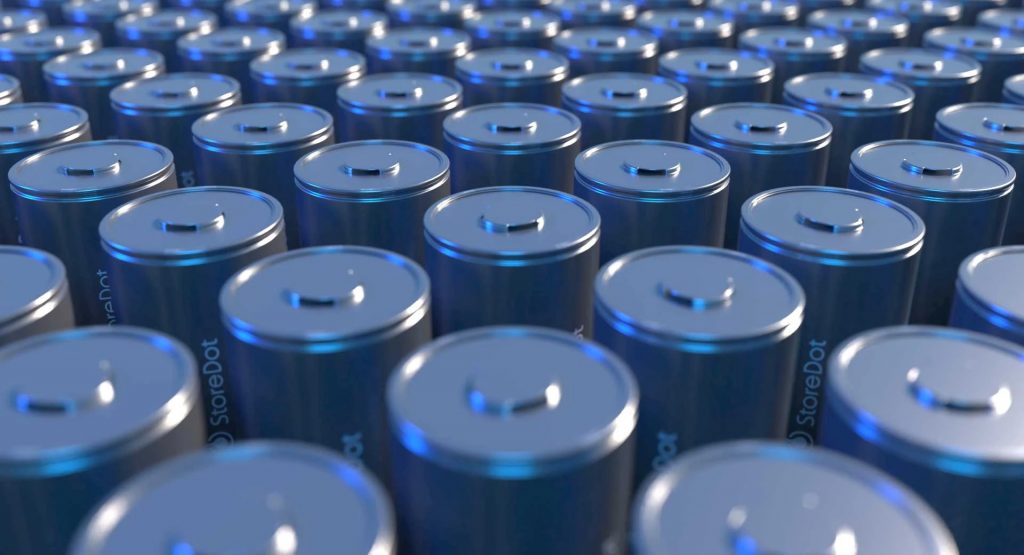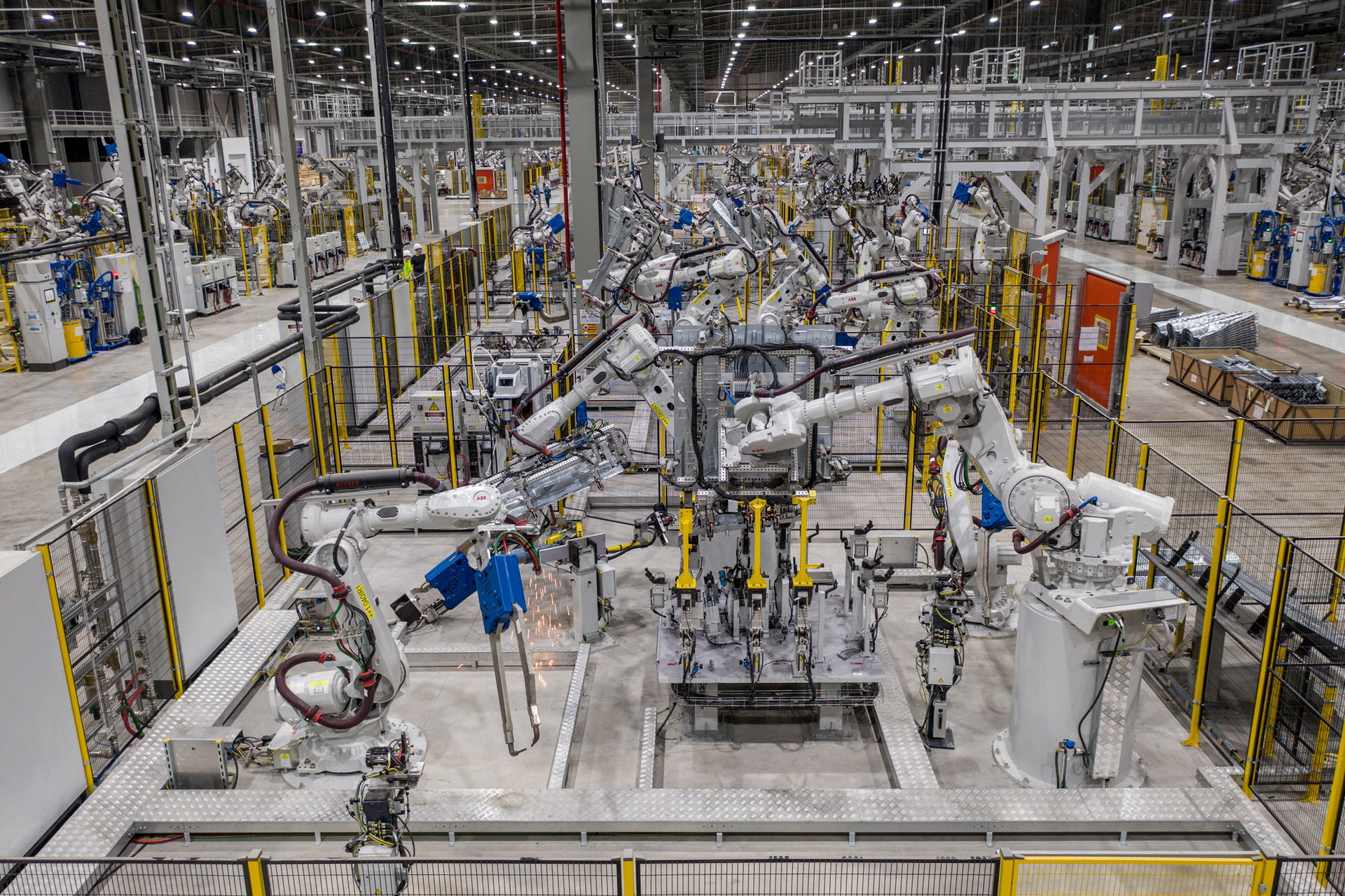Israel’s StoreDot announced the world’s first 4680 battery that can be fully charged in just 10 minutes and will be able to start production at scale in 2024.
The company says the batteries use the 4680 form factor that was separately announced by Tesla this year. The bigger, cylindrical cells can store more energy to help increase range and, in StoreDot’s case, cost no more than standard batteries.
“Achieving the goal of extreme fast charging a cylindrical cell in only 10 minutes has been on StoreDot’s technology roadmap from day one,” says Dr. Doron Myersdorf, StoreDot CEO. “I am hugely proud at the effective collaboration across our globe that enabled this important achievement. It’s highly significant that we can offer Electric Vehicle manufacturers the choice of cell formats, utilizing our XFC technology that will overcome the current barriers to EV ownership.”
Read Also: Panasonic Bets Big On Tesla’s New 4680 Battery Cells
Per the company, the challenges involved in developing the 4680 design were considerable. The cylindrical cell format required unique chemistry adaptation to combat the design’s tendency towards internal pressure, gas release, and potential leaking.
The development of the battery format took the company three years, much of which was completed at Warwick University in the U.K. in collaboration with British Petroleum, StoreDot’s strategic partner. The company, though, says that its continuous tab technology addresses throughput as well as the safety concerns associated with the cell’s design.
The technology can also be applied to pouch design battery cells, says the company, which is in talks with a number of automakers. Vietnam’s VinFast announced just last week that it will work with the StoreDot, while Daimler has also previously announced a collaboration with the Israeli company.
“We are pleased that our silicon-dominant XFC battery cell chemistry is adaptable and can be applied to various packaging formats, to suit changing market needs,” said Dr. Myersdorf. “Both our cylinder and pouch cell form factors are designed to be safe, reliable, and stable, and are expected to be produced at scale by 2024.”





